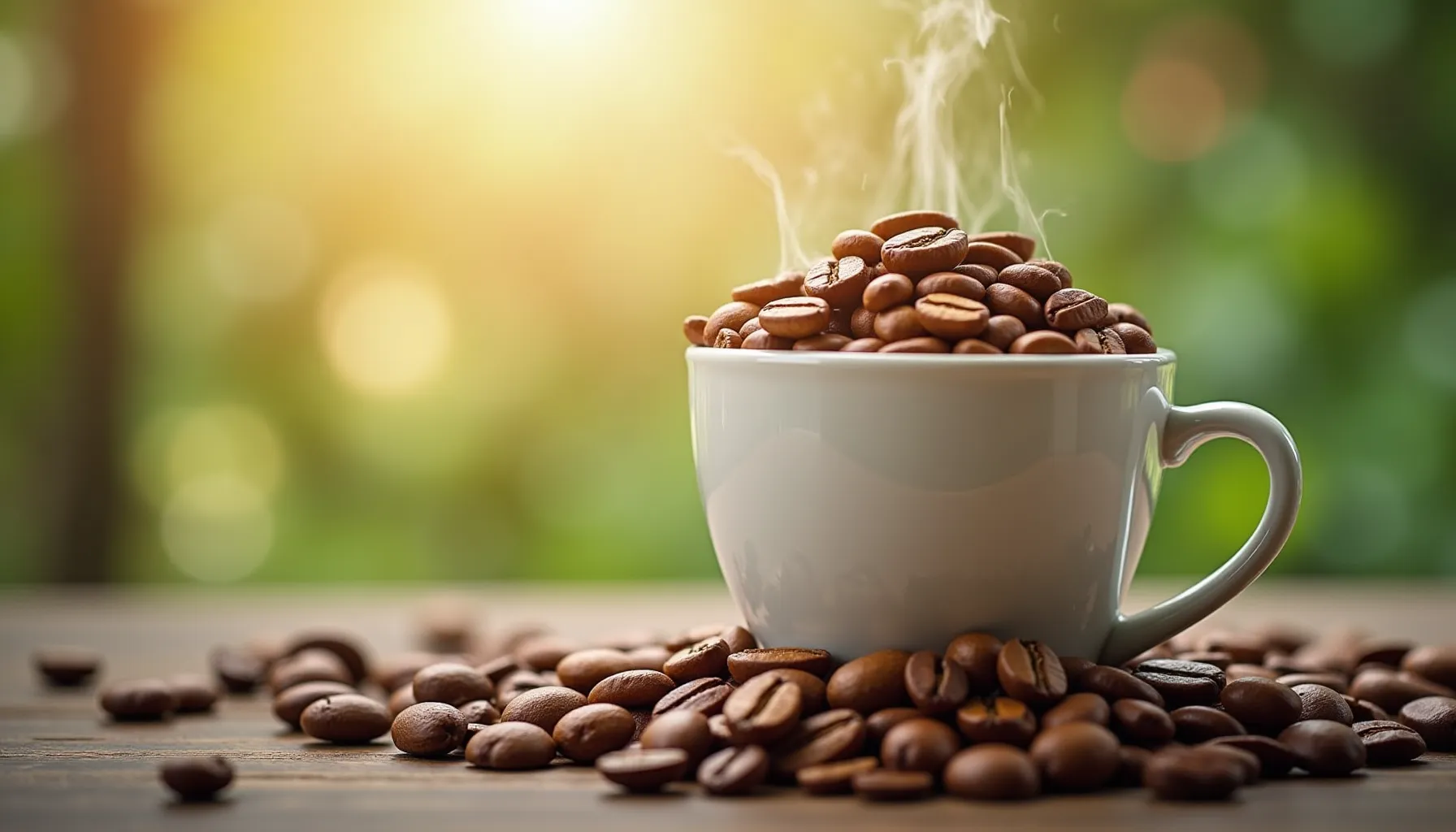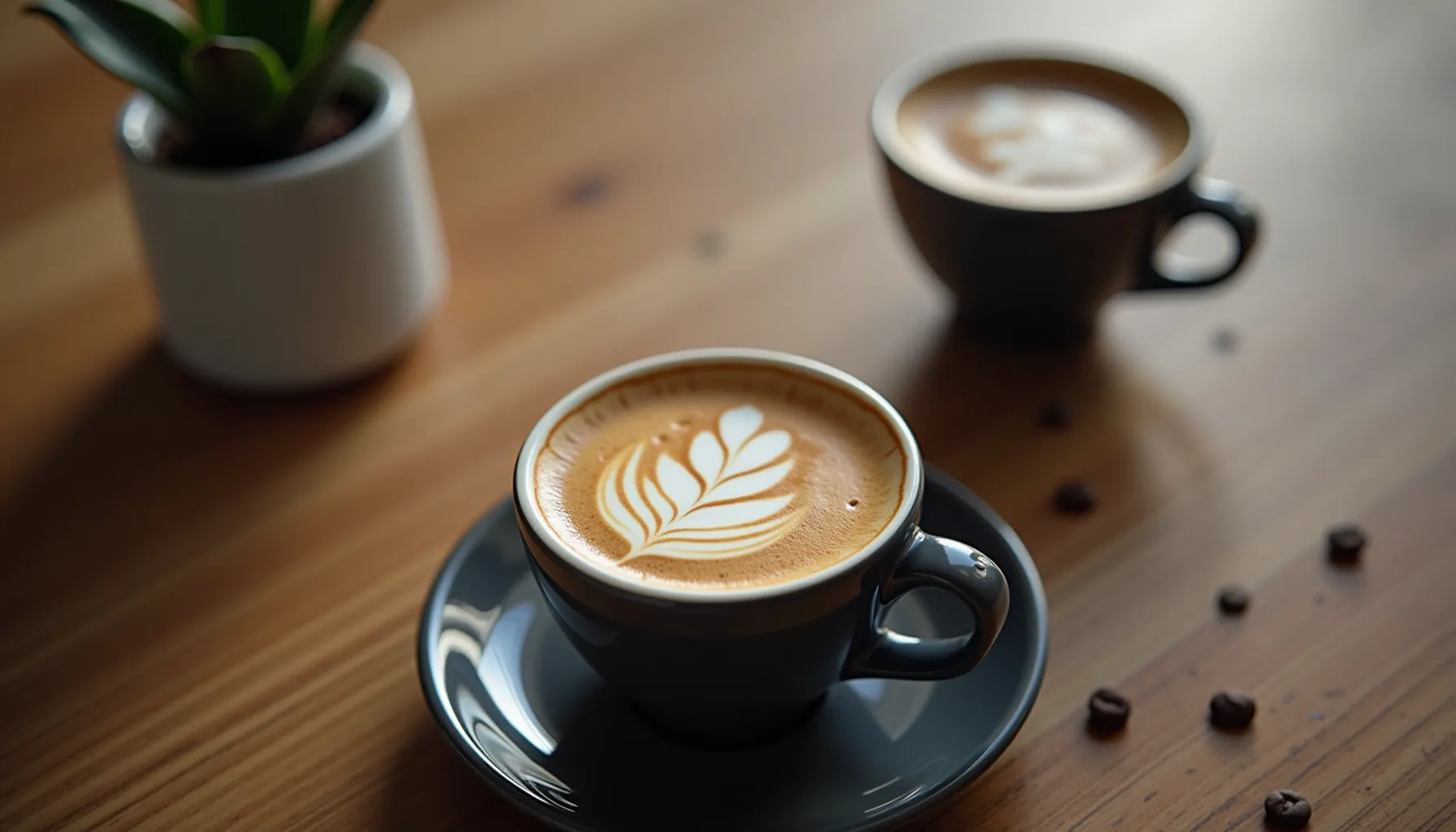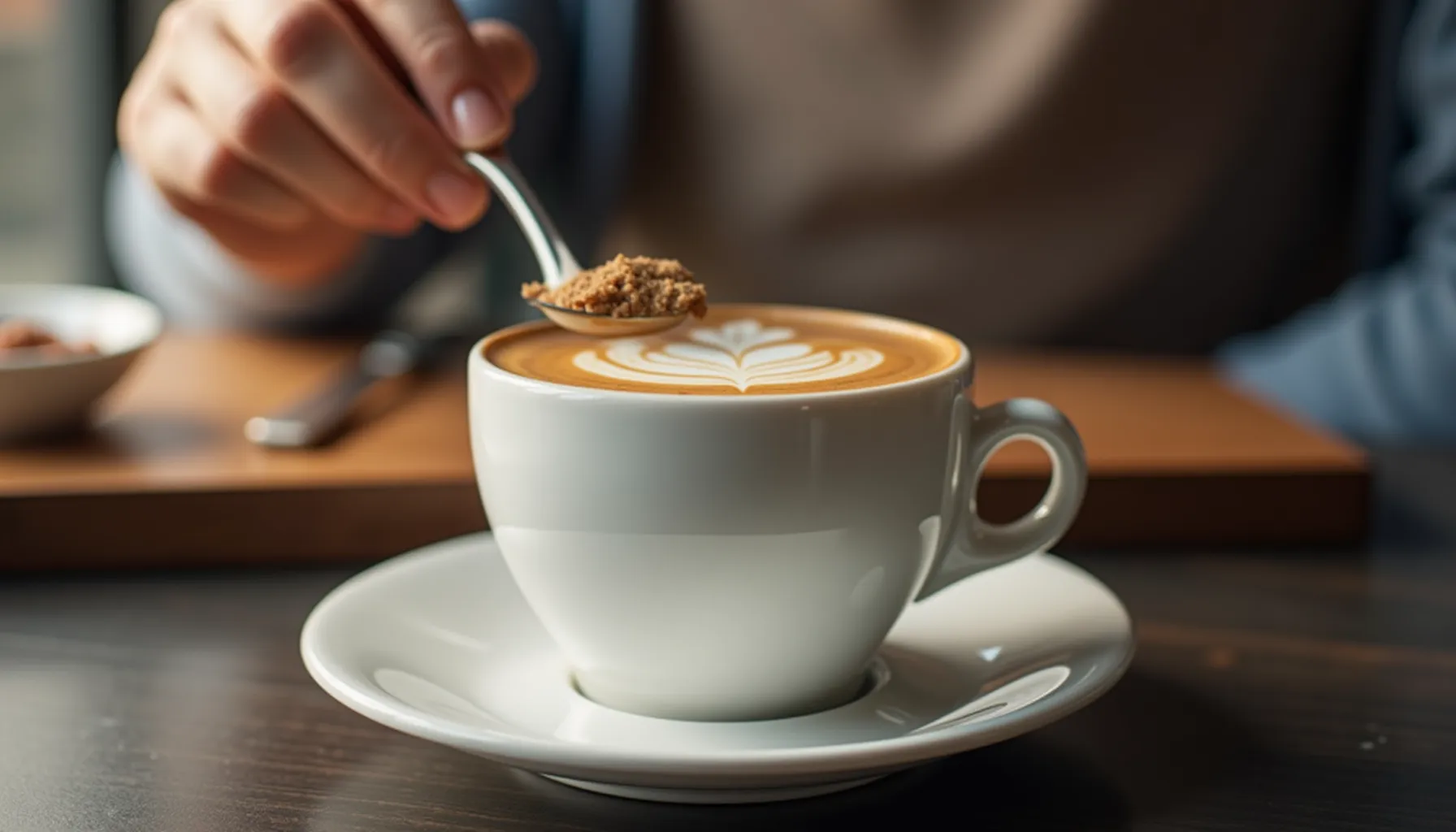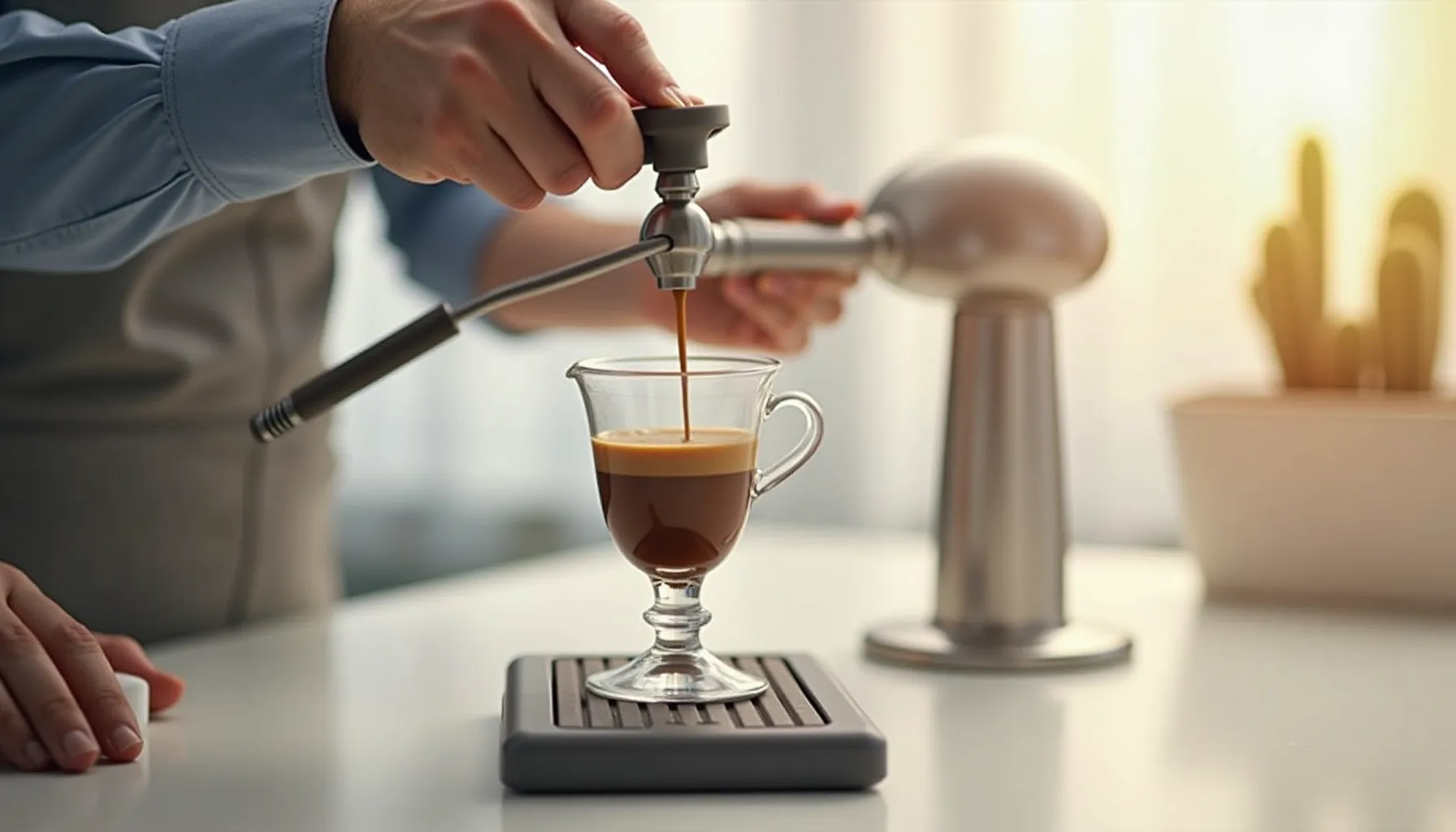Exploring the World of Perc Coffee
Perc coffee offers a delightful journey into the depths of flavor and tradition that many coffee enthusiasts seek. If you've ever found yourself frustrated with weak, flavorless brews from modern machines, you're not alone. Many of us yearn for that robust, rich taste that only a percolator can deliver.
In this article, we'll dive into the art of brewing perc coffee, exploring its history, the unique brewing process, and the best beans to use. Along the way, we'll uncover valuable brewing tips and best practices, all while highlighting the cultural significance of this timeless method. Whether you're new to percolated coffee or looking to refine your technique, there's plenty to learn.
Table of Contents
- Introduction to Perc Coffee
- The Percolator Brewing Process
- Choosing the Right Coffee Beans
- Brewing Tips and Best Practices
- The Flavor Profile of Percolated Coffee
- Cultural Relevance and Nostalgia of Perc Coffee
- Innovations in Percolation: Modern Trends
- Conclusion and Personal Recommendations

Why Perc Coffee Matters
Understanding the importance of perc coffee goes beyond just enjoying a rich cup of brew. For many, coffee is a daily ritual—a moment where we pause, reflect, and connect with ourselves and others. In a world filled with instant coffee options and automated machines, the traditional percolator provides a sense of nostalgia and engagement that many of us crave.
Moreover, the trend towards artisanal coffee has opened our eyes to the nuances of flavor that different brewing methods can provide. Perc coffee invites us to explore the full spectrum of tastes and aromas, elevating our coffee experience from mundane to memorable. When prepared correctly, percolated coffee offers a robust, full-bodied flavor that can be hard to find with other brewing techniques.
However, as convenient as modern brewing systems may be, they often sacrifice quality for speed. This is where the solution lies in returning to percolation. It allows us to take control over our brewing process, ensuring that each cup is crafted with care and precision. Embracing this method can empower us to discover new coffee varieties while nurturing our appreciation for the art of brewing. In a time when many seek authentic experiences, perc coffee stands as a bridge to tradition, community, and flavor exploration.
Core Components of Brewing Perc Coffee
Brewing perc coffee isn't just about putting grounds in water; it's an art that involves multiple key components and strategies to achieve the perfect cup. Understanding these elements can significantly enhance your coffee experience and ensure you get the most out of your percolator.
1. The Percolator Itself: Choosing the right percolator is fundamental. Whether you opt for an electric or stovetop model, ensure it suits your brewing style. Electric percolators often offer convenience while stovetop versions can add a rustic touch to your coffee routine.
2. Coffee Bean Selection: The type of coffee beans you use makes a huge difference in flavor. Look for medium-coarse grinds for optimal extraction and try various single-origin beans to explore diverse flavor profiles. Popular choices include Colombian for its balanced flavor or Ethiopian for fruity notes.
3. Water Quality: Using fresh, filtered water can elevate your brewing game. Water quality can make or break your coffee; impurities can lead to undesirable tastes, diluting the rich flavors of your brew.
4. Brewing Technique: Timing is everything in percolation. Aim for a brew time between 7-10 minutes, and taste during the process to find your ideal strength. Experimenting with water-to-coffee ratios can also help you discover your perfect brew.
Arming yourself with knowledge about these core components will not only improve your brewing technique but also enhance the overall experience, creating a delicious cup of perc coffee you can enjoy.
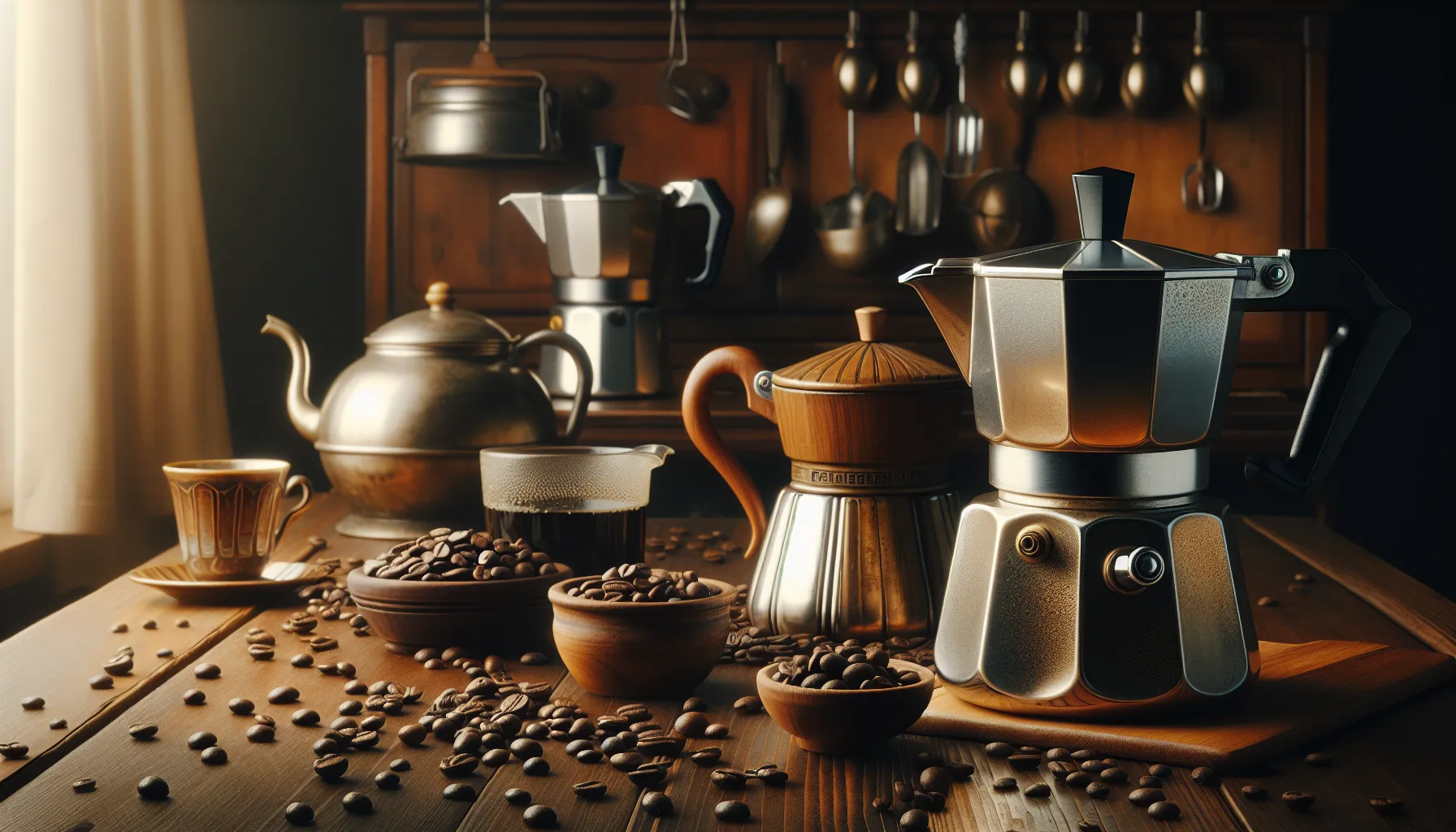
Essential Tools and Strategies for Brewing Perc Coffee
When brewing perc coffee, having the right tools and strategies in place can significantly enhance your experience and the quality of your coffee. Below are some essential tools along with their applications and benefits that can elevate your percolated coffee game.
1. The Percolator
The heart of brewing perc coffee is, of course, the percolator itself. You can choose between electric percolators and stovetop models. Electric percolators like the Farberware Percolator are user-friendly, featuring automatic shut-off functions and large capacities, making them ideal for gatherings.
On the other hand, stovetop percolators, such as the Primula Classic Stovetop Percolator, offer a more traditional coffee-making experience. They require more attention and heat control, which can enhance the brewing ritual for coffee enthusiasts.
Both types have their benefits; electric models speed up the process, while stovetop options provide more control and enhance connection with the brew method.
2. Coffee Grinder
A good coffee grinder is essential for achieving the right grind size for percolation. Burr grinders, like the Baratza Encore, offer consistency in grind, which is crucial for optimal extraction in percolated coffee. They allow you to adjust the grind size accurately, ensuring you get that medium to coarse texture that percolators require.
Properly ground coffee not only prevents clogging but also helps unlock the rich flavors in each bean, resulting in a fuller taste. Having a high-quality grinder sets the stage for excellent brews.
3. Quality Coffee Beans
Selecting the right coffee beans is equally vital. Look for freshly roasted beans from reputable sources. Brands like Blue Bottle Coffee and Stumptown Coffee Roasters provide beans that are specifically selected to enhance the percolation process, ensuring optimized flavor profiles.
Choosing beans that align with your taste preferences—whether that’s a fruity, floral Ethiopian blend or a deep, rich Colombian roast—can dramatically alter your coffee experience, allowing for a personal touch in each cup brewed.
4. Water Quality
The quality of water used in brewing can either make or break your perc coffee. Using filtered or bottled water prevents any impurities from tainting the coffee’s flavor. If possible, aim for water with a balanced mineral content to help extract the best flavors from your coffee.
Remember, even the best beans can yield a subpar cup if the water quality is poor. Always prioritize fresh water to maintain a consistently pleasant taste.
5. Coffee Scale
Using a scale to measure coffee and water can remove the guesswork and help you achieve better consistency in your brews. Devices like the Hario V60 Drip Coffee Scale provide precision in measurements, allowing for exact ratios of coffee to water.
This accuracy is crucial for achieving the perfect brew strength. One day you might prefer a more robust cup, while another day you might want something light and floral. A scale allows you to easily adjust and replicate those preferences.
In summary, the tools mentioned play a significant role in enhancing the quality of your perc coffee. From the percolator itself to the quality of your coffee beans and water, each component contributes to creating a rich, flavorful experience. Investing in the right equipment and being mindful of your brewing process can set you on the path to coffee excellence.
Best Practices for Brewing Perc Coffee
To ensure that you get the most out of your percolated coffee experience, following best practices can greatly enhance both the brewing process and the final cup. Here are some essential guidelines to keep in mind:
1. Prioritize Freshness: Always choose freshly roasted coffee beans. Check roast dates and buy from sources that specialize in quality coffee. If possible, grind your coffee just before brewing to lock in flavors and aromas.
2. Measure Accurately: Use a scale to weigh your coffee grounds and water. A standard ratio is about 1 to 2 tablespoons of coffee per 6 ounces of water, but feel free to adjust according to your taste preferences. Consistency is key to achieving your ideal cup.
3. Control Your Brew Time: The optimal brew time for perc coffee typically ranges from 7 to 10 minutes. Avoid brewing for too long, as this can lead to bitterness. Tasting throughout the brewing process can help you find your sweet spot.
4. Monitor Water Temperature: Ideally, your water temperature should be between 195°F to 205°F. If using a stovetop percolator, adjust heat as needed to avoid boiling water, which can scald the coffee and affect its flavor.
5. Clean Regularly: After each use, thoroughly clean your percolator to prevent coffee oils from building up. This maintenance keeps flavors pure and helps prolong the life of your equipment.
By implementing these best practices, you'll not only enhance the quality of your perc coffee but also enjoy a more fulfilling brewing experience. Remember, brewing is as much about the process as it is about the final cup!
Embrace the Art of Perc Coffee
As we’ve explored, brewing perc coffee is not just about making a cup; it’s a delightful experience steeped in tradition and flavor. We covered vital aspects such as selecting the right percolator, the importance of fresh coffee beans, and utilizing best practices to elevate your brewing technique.
By following these strategies, you’ll not only enjoy a richer, more robust flavor but also engage in a brewing ritual that fosters connections and community. The tools and methods discussed pave the way for discovering new coffee varieties and enhancing your overall coffee experience.
Now, it’s time to take the next step. Experiment with different beans, refine your brewing techniques, and relish each pot of perc coffee you create. By embracing this meticulous process, you’ll find joy in every sip and create memorable moments to share with others. So grab your percolator, and let the coffee journey begin!







